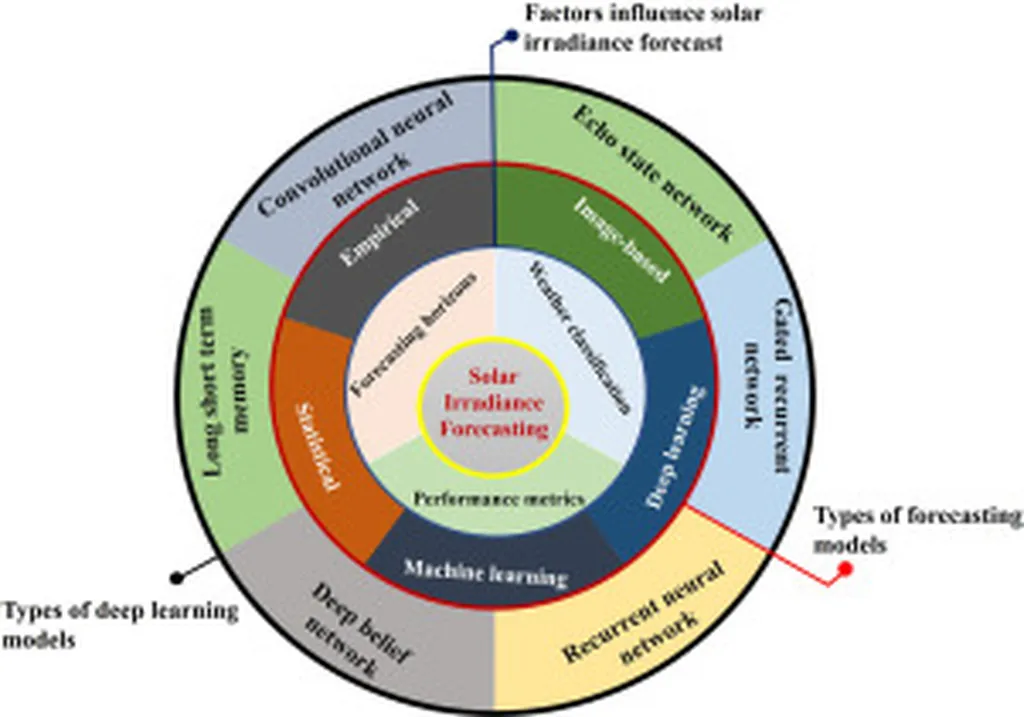In the quest for cleaner energy, solar power stands as a beacon of hope, but its efficiency hinges on one critical factor: predicting how much solar radiation a site will receive. Accurate forecasting of global horizontal irradiance (GHI) is key to optimizing solar power systems, and a recent study published in the journal “Future Generation Computer Systems” offers a promising approach using machine learning (ML) models. Led by Hassan N. Noura of the Institut FEMTO-ST in France, the research demonstrates how ML can significantly enhance the precision of solar irradiance predictions, potentially revolutionizing the energy sector.
The study utilized a three-year dataset from six diverse photovoltaic stations, including locations like NELHA and NWTC, to identify optimal features for GHI prediction. “We found that direct normal irradiance (DNI), diffuse horizontal irradiance (DHI), and solar panel temperatures were crucial factors,” Noura explains. By employing tree-based algorithms and ensemble learners, the team achieved remarkable accuracy, with some stations reaching an R² value of 99%.
The research highlights the superior performance of different models at various sites. Gradient Boosting Regression (GBR) excelled at stations like NELHA and NWTC, while Multi-Layer Perceptron (MLP) performed best at ULL and UNLV. “The variability in model performance across different sites underscores the importance of tailored approaches in solar irradiance prediction,” Noura notes.
One of the study’s key findings is the impact of time-shifting values on prediction accuracy. Larger time shifts generally led to performance deterioration, though MLP showed resilience under these conditions. The researchers also proposed a stacking ensemble approach to enhance model generalizability, integrating the strengths of various models for more robust predictions.
The implications of this research for the energy sector are profound. Accurate GHI prediction can lead to better planning and management of solar power systems, ultimately reducing reliance on fossil fuels. “Our findings could pave the way for more efficient and reliable solar energy solutions,” Noura says. As the world continues to seek sustainable energy alternatives, this study offers a glimpse into the future of solar power forecasting, where machine learning plays a pivotal role.
Published in the journal “Future Generation Computer Systems,” this research not only advances our understanding of solar irradiance prediction but also sets the stage for innovative applications in the renewable energy landscape.

